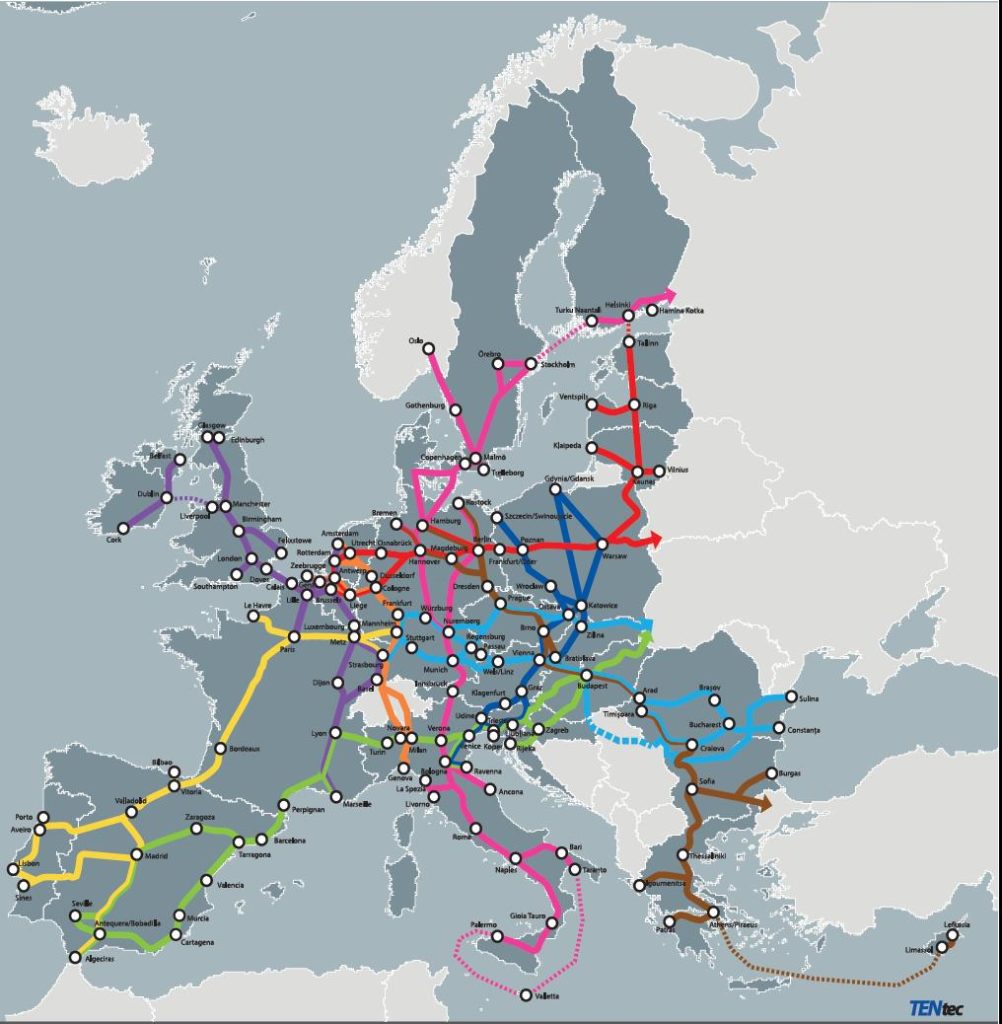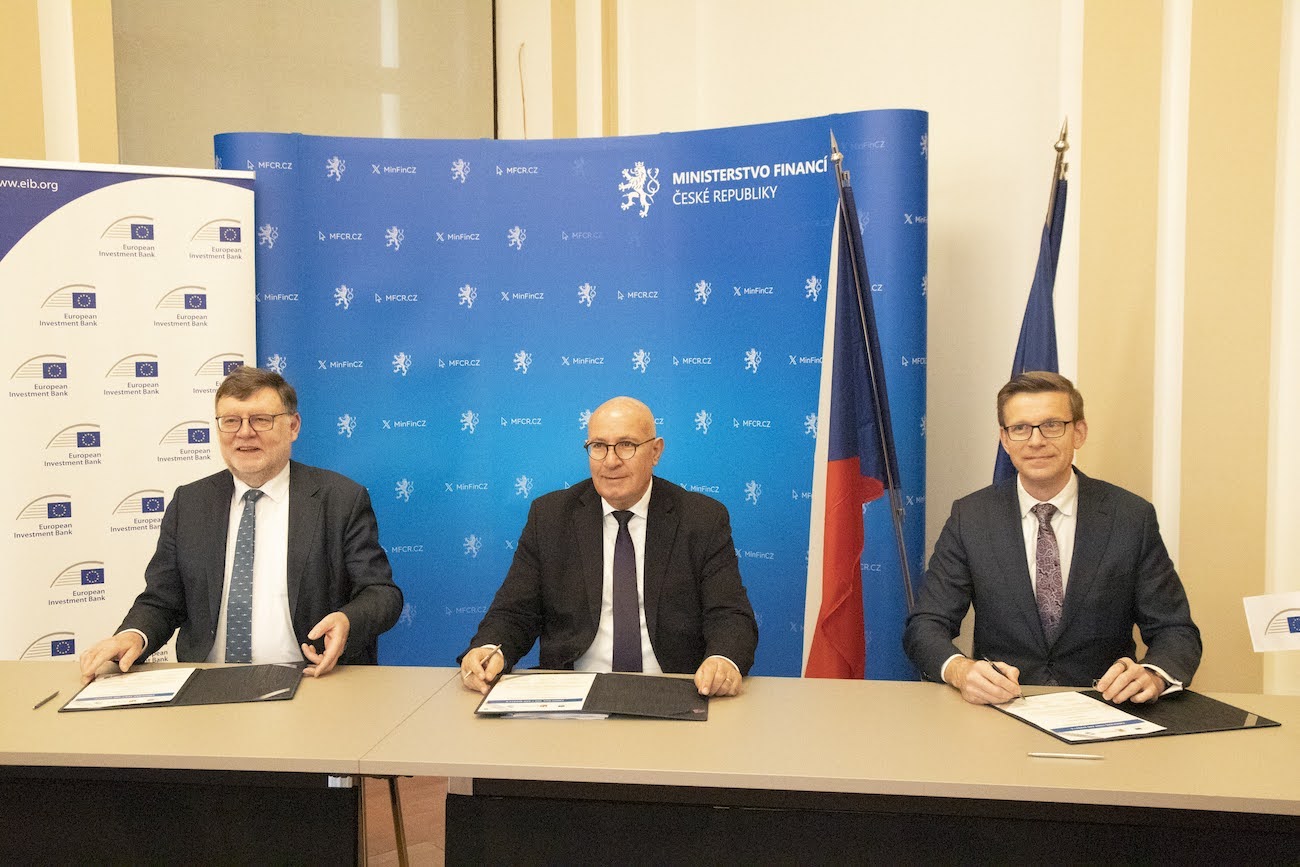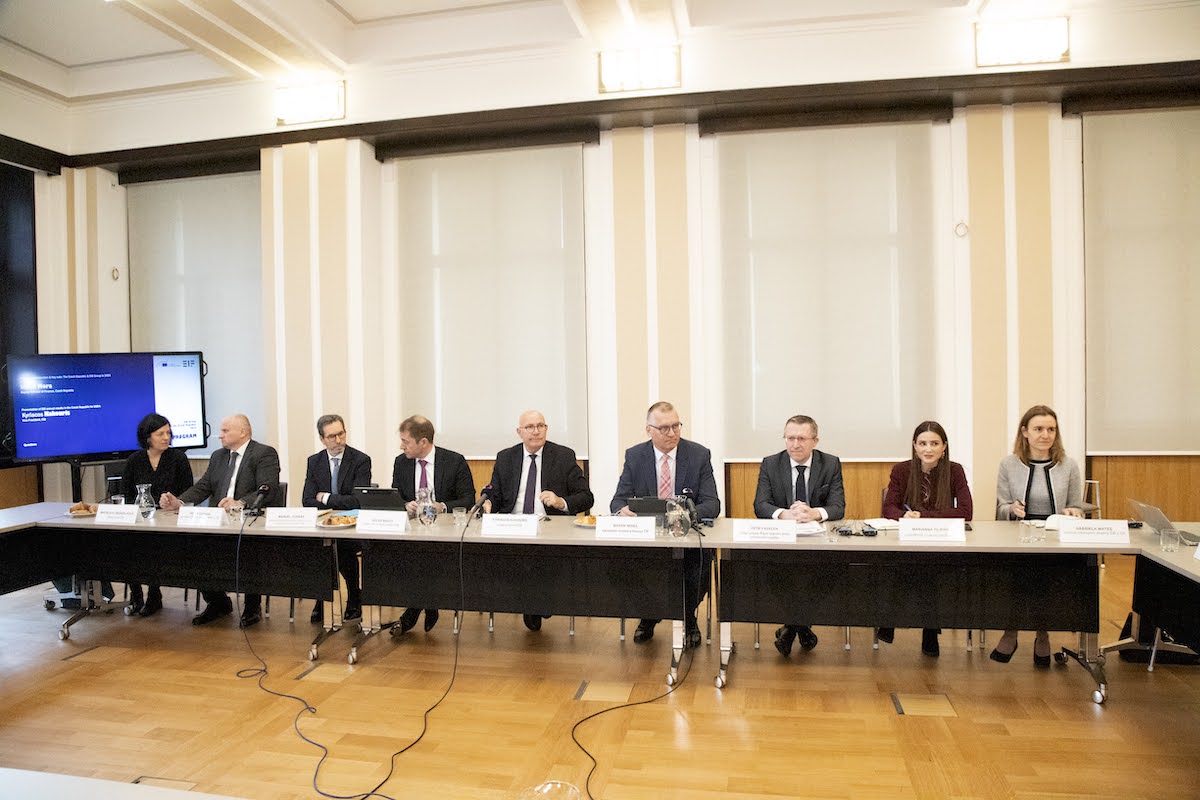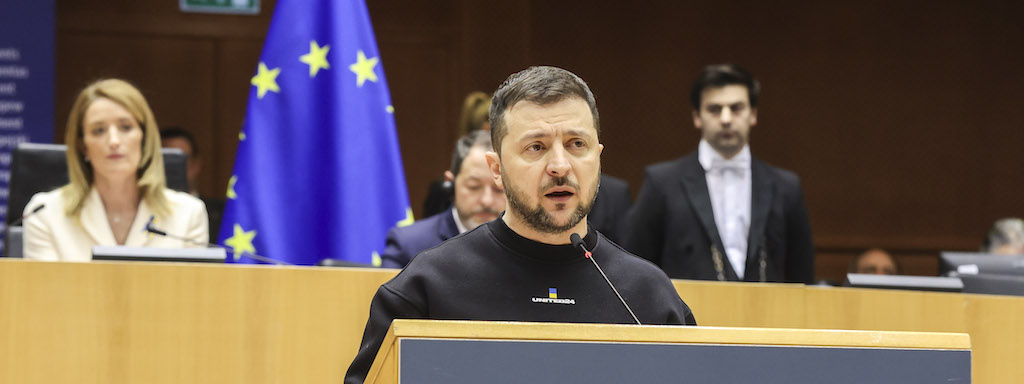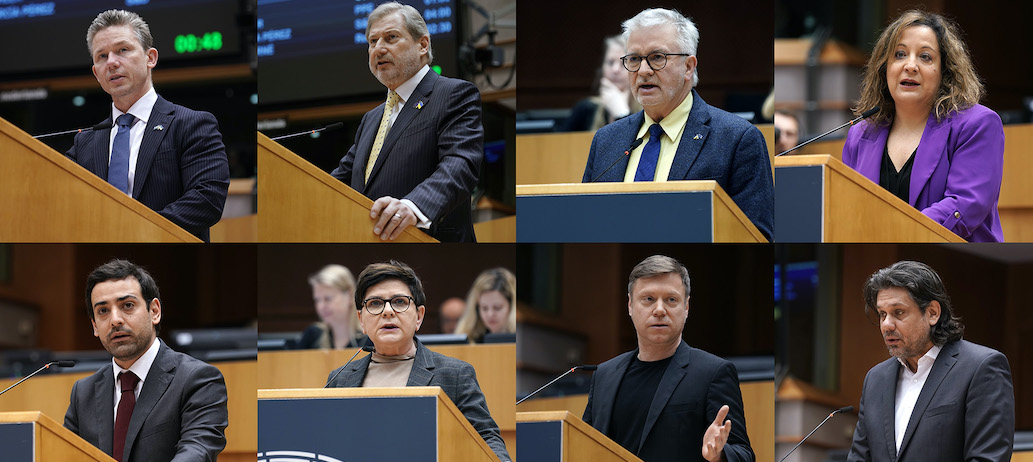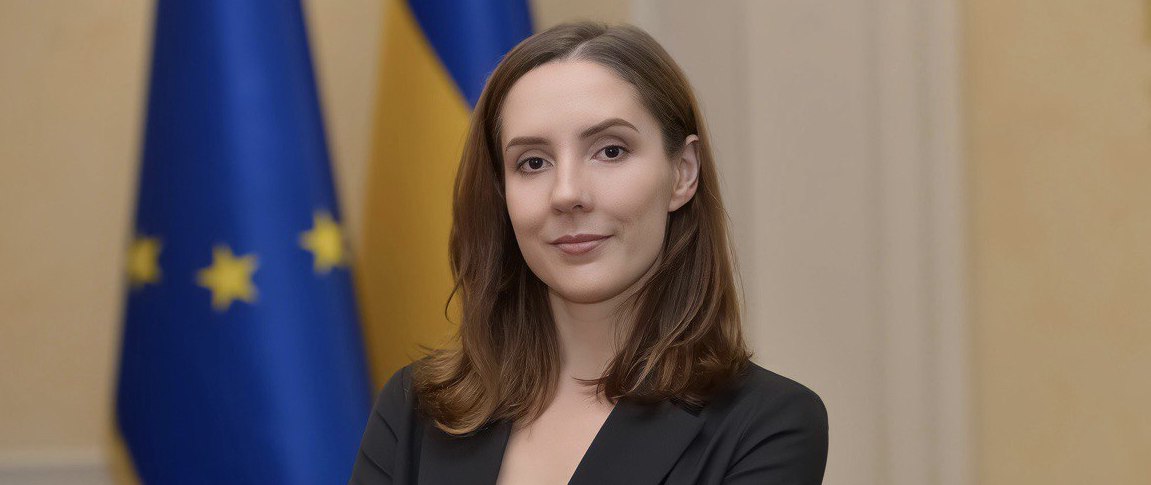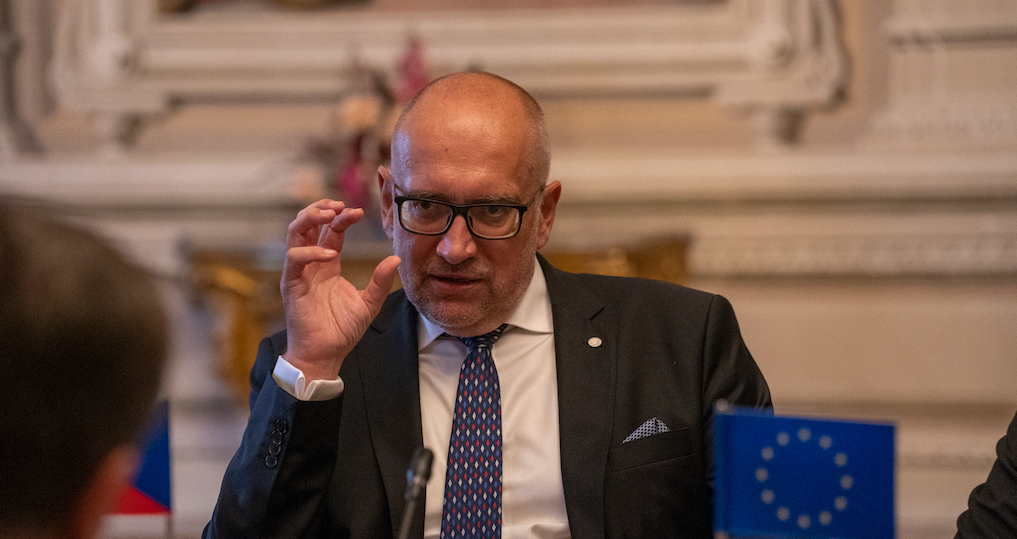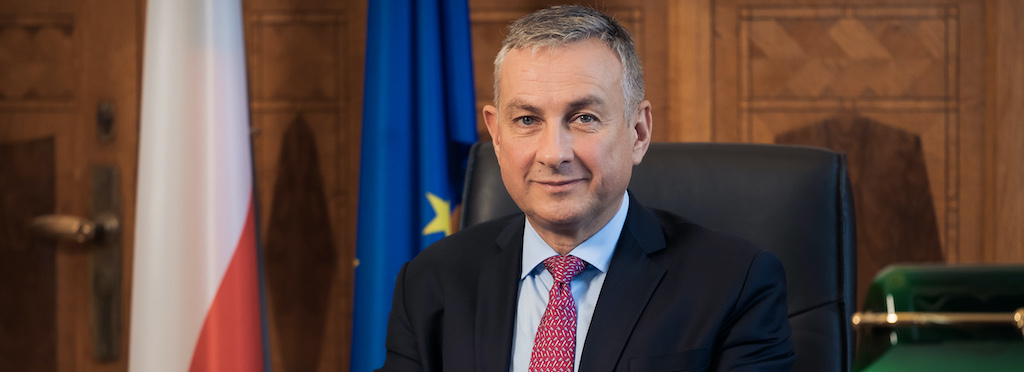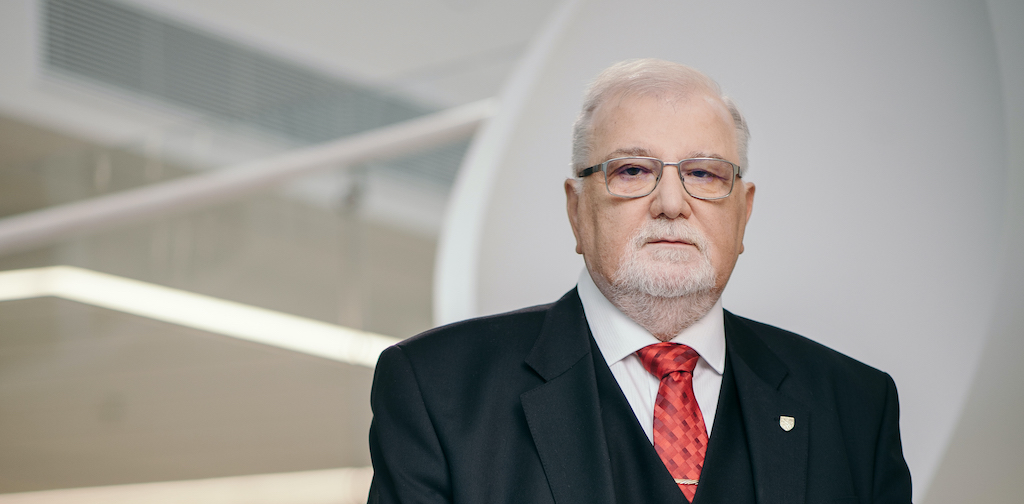
What are the transport sector’s major challenges in order to meet the European “Energy & Climate” plan?
The answer is in two figures: zero emissions – zero road fatalities!
The biggest challenge is to transition to a sustainable and smart mobility system over the next 30 years. By 2050, we must be able to master a new, more efficient and integrated transport system based on renewable energies, while facilitating multimodality and taking into account all technological offers and different economic models.
During this transition period, it is essential to ensure that access to mobility remains affordable for all European citizens. In addition, the transport sector must remain a dynamic part of the European economy. For all these reasons, we are currently working on the development of a “Green Deal”.
How to better coordinate European investments in order to structure the economic area and ensure more environmentally friendly mobility?
We are faced with a double imperative: to ensure the necessary connectivity for the development of the European Economic Area and at the same time to decarbonise transport. This is why the European investment promotion policy on the trans-European transport network has always given priority to the most environmentally friendly modes of transport, such as rail transport, public transport and the waterway. Nevertheless, this is still insufficient to reduce the growth of CO2 emissions from transport; European action represents only a fraction of investments. In support of national public funding, we must of course continue to use all available European resources (the Horizon 2020 fund for research, regional funds, the Connecting Europe Facility, InvestEU and the EIB) by giving them an even more pronounced orientation in favor of sustainable mobility. But we must also more effectively mobilize private capital for infrastructure, either through “user-pay” systems, still poorly developed, or through “green finance”. In this respect, a proposal on the “taxonomy” of investments for a European classification of climate-friendly investments has been tabled and is currently being considered by the legislator.
Could you tell us about the Connecting Europe facility?
The Connecting Europe Facility (CEF) is a European investment program for transport, energy and digital infrastructure. For the period 2014-2020, the program has invested € 23.7 billion in the transport sector through grants spread over more than 750 projects. These are major projects such as the Alpine Tunnels in Brenner and Lyon-Turin – or the Seine-Scheldt Canal, but also a large number of targeted projects aiming to improve cross-border connections, overcome bottlenecks, promote intermodality (for example through a better connection of ports) and deploy harmonized systems at European level for traffic management in the various transportation modes (such as SESAR for aviation and ERTMS for the railway sector). The CEF also supports a large number of alternative fuel projects (i.e. electric charging or hydrogen charging infrastructure). For the next budget period 2021-2027, the European Parliament and the Council have already reached an agreement on the CEF’s priorities, namely by emphasizing the importance of decarbonisation. In particular, 60% of the CEF budget will have to contribute to climate objectives, in conjunction with the commitments made by the EU under the Paris Agreement, which means a target ranging from 70 to 80% for its transport component. The challenge today is to define the budget that will be allocated to it as part of the discussions on the Union’s multiannual financial framework (the Union Budget).
The sustainable mobility package (“Clean Mobility”) needs to change regulations in many areas, which ones and how?
We have introduced new CO2 performance standards for private cars, new light commercial vehicles and new heavy vehicles, for the very first time. These standards have given a real boost in terms of innovation, thus facilitating the entry of zero emission vehicles on the market. Significant investments have already been made by alternative fuel suppliers, thereby influencing new electric motors.
The Directive on the promotion of clean and energy efficient road transport vehicles has also been revised: it sets minimum targets for public procurement at Member State level on the basis of a new definition of clean road transport vehicles. In addition, we have significantly increased our financial support for investments in alternative fuel infrastructure. Finally, we have also proposed new regulations on the fee for the use of certain infrastructures in the context of the revision of the “Eurovignette” Directive. It is still being negotiated with the Council and the Parliament.
Europe wants to maintain its leading position in the rail industry, what are the ways to do so?
Rail is the safest and most sustainable mode of land transport, yet it still suffers from an image problem. A strong and efficient internal market is therefore essential to support the
European railway industry’s position. The four railway packages implemented since the 1990s have created a truly unique European railway area accompanied by harmonization of rules at European level. Today, more than 90% of the rules applicable to railway vehicles, which numbered 14,000 for the EU as a whole a few years ago, have been eliminated. A single European railway area combined with European harmonization stimulates both the demand for rail services and productivity for the benefit of the industry.
From a technological point of view, rail needs to be modernized more rapidly. Innovation and digitization are essential factors in the rail industry’s competitiveness.
Deployment of the European Rail Traffic Management System “ERTMS” is a priority. This system developed in Europe is today a world reference. ERTMS works in many countries and regions such as the Middle East, North Africa and Australia. Its deployment in Europe is strongly supported by the Mechanism for Interconnection in Europe financing program.
In terms of innovation, the committee has also set up a joint venture called “Shift2Rail”, with a budget of € 920 million, within the framework of Horizon 2020, to develop innovative solutions in the rail sector. For example, Shift2Rail participates in the development of the new generation of ERTMS for 2022. As part of Horizon Europe, the Commission wants to continue to support rail innovation and focus in particular on decarbonisation and digitization.
Finally, with third countries, the Commission intends to continue to strive for fair competition within and outside the EU.
What will be Europe’s investment and incentive policy for multimodal transport?
In the framework of the Directive promoting the deployment of Intelligent Transport Systems in Europe, new European rules have been put in place to facilitate the emergence of new multimodal information and planning services. These rules, together with financial support for their implementation, will provide better multimodal solutions to meet the mobility needs of travellers. This will also lead to efficiency gains in transport operations and generally on the transportation system as a whole.
With this in mind, the next step is to think about the tools to be put in place to facilitate e-ticketing services at European level: whether it is through financial support to facilitate the digitization of payment services and transport tickets and/or through new rules for the exchange of essential data for digital ticketing services.
How can we turn Europe into a world leader in fully automated and connected mobility systems?
In order for connected and automated mobility to be a real success, it is essential to look beyond vehicles and involve all stakeholders: car manufacturers, cities, road operators, user groups, service providers, just to name a few. It is only in this way that we will be able to overcome the current barriers to introducing innovative solutions and ensure that they contribute to making transport safer, more sustainable and more accessible for all users, including those with reduced mobility.
Working collaboratively and systematically on innovations is a European force, which we also apply to the field of connected and automated mobility. We have therefore brought together all key players in a single European platform to define a common research and innovation agenda. We are also planning the creation of a European public-private partnership for research and innovation for the next budget period 2021-2027.
Electronic commerce saturates Metropolitan Traffic, how could the Internet protocol serve as an example to reorganize a sustainable logistics of goods?
Digitization has been a reality for several years in the logistics transport sector. One of the key objectives is to improve the sharing of information to enable process optimization and to make cargo and capacity information accessible to all. Similarly, by sending digital data via the internet protocol, it is possible to ensure optimum freight distribution (in terms of cost, duration and environmental impact) by using the resources available at each step of the delivery.
This should make the system as a whole more efficient, in particular by avoiding the underfilling of transportation means as much as possible, while reducing the impact on the climate.
To support this process, we have set up a European Digital Transport & Logistics Forum (DTLF). Its purpose is to facilitate the sharing of data between stakeholders through data exchange platforms established along Trans-European Transport Network (TEN-T) corridors. This initiative will optimize the loading and shipping of goods, thus minimizing emissions and congestion (including in cities), and contributing to the carbon reduction of logistical transport. Finally, this data exchange also contributes to the automation of logistical processes and a more efficient use of resources.
Can digital serve mobility? Tell us about mobility as a service? (MaaS)
The Commission is committed to facilitating the establishment of a reliable, fast and transparent multimodal transport environment in order to facilitate the mobility of citizens, paying particular attention to people with reduced mobility. This should be done in a pragmatic way, taking into account citizens’ needs and market evolution.
In recent years, online platforms (including MaaS platforms) have become important players. These digital platforms can offer significant benefits to consumers by providing multimodal mobility solutions tailored to their needs, while supporting our transportation policy goals, namely: efficiency of the transportation system as a whole and its sustainability. However, we are aware that the development of these platforms is an issue for traditional transport operators. We are therefore thinking about the need for additional rules on the relationship between platforms and transport operators in a multimodal perspective.
What will be the European policy on drones? What could their role be in sustainable mobility?
European drone policy is based on four main priorities: security, safety, data protection and decarbonisation. A new European regulatory framework(1) allows the Commission to adopt specific rules on drones’ technical standards, as well as their operating conditions(2). The European Union wants to encourage the development of new technologies, such as electrification, automation, digitization and artificial intelligence. All of these innovative technologies will contribute to more sustainable mobility by reducing the transport sector’s environmental footprint and supporting the competitiveness of an emerging and promising industry in terms of creating economic activity and skilled jobs.
What will be the developments in the aviation and maritime sector in the context of a proactive and ambitious climate policy?
By transporting three quarters of our foreign trade and one-third of intra-Community trade, the maritime sector is an essential link in the European economy. In addition, maritime transport has an undeniable advantage in terms of energy efficiency (CO2 emissions per ton of freight transported). This makes it an interesting alternative to road haulage.
Current models predict strong growth in the maritime sector; the flow of goods passing through EU ports could increase by 50% by 2030. These growth expectations also translate into higher CO2 emissions.
In 2018, the International Maritime Organization (IMO), the international body that regulates shipping, adopted a strategy for reducing greenhouse gas emissions involving decreasing the total annual GHG emissions by at least 50% by 2050, as compared to 2008.
It is now essential that this strategy be translated into concrete actions. Firstly, the European Union and its Member States will continue to contribute actively to international discussions. In addition, the elected President of the European Commission, Ursula von der Leyen, has already indicated in her political guidelines the need for all sectors, including maritime transport, to contribute to the Union’s ambitious climate policy.
Reducing the environmental footprint of the transport sector, including air transport, is a priority challenge for President-elect Ursula von der Leyen and the new Commission. Currently, air transport is globally responsible for more than 2% of greenhouse gas emissions. This figure does not appear to be very high when compared to other sectors, but it is growing steadily despite the efforts undertaken by this sector. Indeed, in Europe, fuel consumption per passenger has decreased by 24% between 2005 and 2017, yet this improvement has not been sufficient in terms of overall emissions given the strong growth of the sector. Today, many citizens expect air transport to be cleaner and more sustainable and this trend will not weaken. We will therefore need better technologies, sustainable fuels and operational reforms.
Could you tell us about the tasks and responsibilities of DG MOVE: In terms of investment and innovative and sustainable transport?
The Commission’s Directorate-General for Mobility and Transport (DG MOVE) is responsible for the implementation of the Community transport policy, as well as for the trans-European transport network policy, in close cooperation with its executive agency INEA and three regulatory agencies for air transport (EASA), maritime (EMSA) and rail (ERA). To this end, it also manages the budgets dedicated to funding programs which are the Mechanism for the Interconnection of Europe (MIE) and the Research for Transport (H2020).
- Regulation (EU) 2018/1139 of the European Parliament and of the Council of 4 July 2018 on common rules in the field of civil aviation and establishing a European Union Agency for Aviation Safety, OJ L 212, 22.8.2018, p. 1-122
- Commission Delegated Regulation (EU) 2019/945 of 12 March 2019 on unmanned aircraft systems and third-country operators of unmanned aircraft systems; and Commission Implementing Regulation (EU) 2019/947 of 12 March 2019 concerning rules and procedures for the operation of unmanned aircraft.




